Pentax K20D
The 14.6MP Pentax K20D is the highest resolution sensor available in a prosumer camera today. There are pro models at $8000 or more that feature even higher resolutions, but the $1299 MSRP K20D is a long way from that price class. When it was introduced in late 2007, the K20D was the first 14MP class camera, and its introduction surprised the photo establishment with a Pentax-designed and Samsung-manufactured CMOS sensor.
Tests of K20D resolution show the highest resolution available in its class at lower ISOs. However, resolution and image quality at higher ISO settings are compromised by the higher noise of the K20D at these settings. It appears Pentax made the conscious decision to use minimum in-camera noise processing at higher ISOs.
Noiseware completely changes the dynamics of high ISO image capture on the K20D. The comparison of JPEG images that have been Noiseware-processed to the original in-camera JPEG images shows a dramatic improvement in image quality, particularly at ISO 800 and beyond.


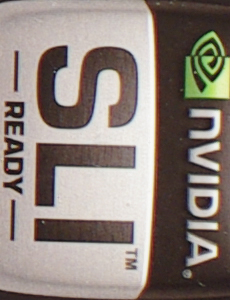
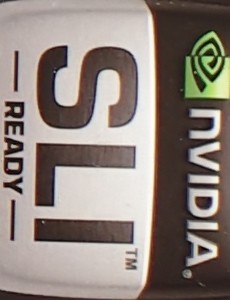
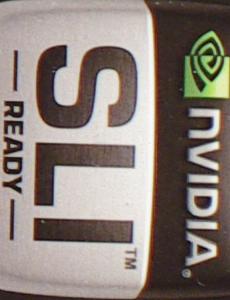

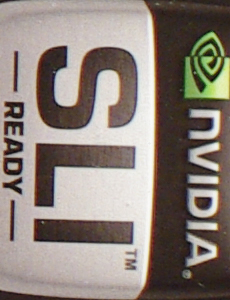
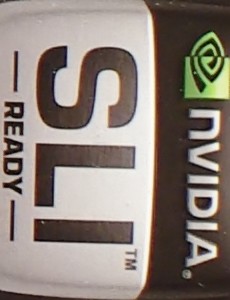
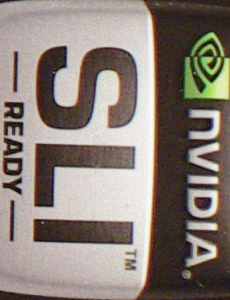
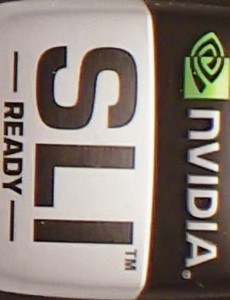
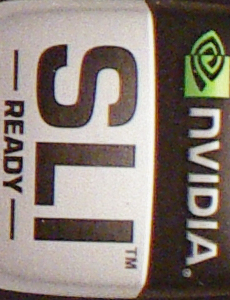


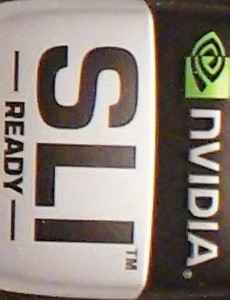
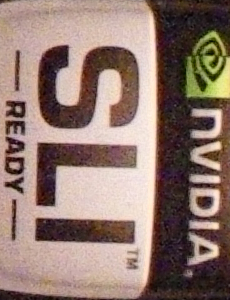
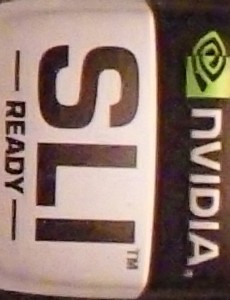








61 Comments
View All Comments
whatthehey - Monday, July 28, 2008 - link
Is it just me, or is the whole point of that DPreview article just a way to try and get people to purchase the training course off of the linked website?I also have to wonder at the number of "new" users commenting on the photography articles. I recognize some of the names, but the vast majority appear to be people that have only registered to complain about this one article. Anyone want to bet that several of these "anonymous" users happen to write for other websites? "Bitch bitch bitch, moan moan moan, you guys aren't like DPreview, which is just awesome! [link]"
-----
FYI, this is more a comment on the original poster and is not meant as an attack on kmmatney or yyrkoon, who are at least regulars here as I see posts from them all the time. It appears half of the commenters are relative unkowns. As for me, I tend to lurk more than post, but if you look around at previous articles, I've been here for about a year now and appreciate the variety of articles. It would be interesting to see a comparative review of several of the top noise removal programs, including customized results rather than just blanket "remove noise everywhere" auto settings.
yyrkoon - Monday, July 28, 2008 - link
It would be nice if people like you would stop telling others what they should / should not do. If you do not like their 'photography' article(which I would probably consider this more of a retouching article), then do not read them.aguilpa1 - Monday, July 28, 2008 - link
the big sensor helps the D3 considerably at high ISO but there is a great deal of luminance noise in the picture that is characteristic of Nikon cameras that focus mainly on chroma noise reduction. This makes the picture grainy but not blotchy colored (chroma noise)which is more acceptable but its not a smooth toned image. Most professional digital SLR's can achieve similar results although with luminance noise reduction applied to RAW in post processing and not in camera as Nikon does.gmarcus - Monday, July 28, 2008 - link
To make a clear example of the noise processing, you should show a cutout of the main picture at full resolution. At the image size shown, it is not possible to see the noise effect. Also, as mharris points out, the JPEG compression kills all in the comparison.I also think you can check other Noise Reduction tools, like Noise Ninja.
Wesley Fink - Monday, July 28, 2008 - link
1:1 crops from a larger image, with and without Noiseware processing, are shown on pages 7, 8, and 9. Clicking on any smaller image brings up the full image, with and without processing.The full ISO range was included for comparison, although we would never recommend using software noise reduction on lower ISO images. As stated in the article all noise reduction is a balancing act between image detail and softening/smearing. If you don't like the Noiseware auto processing you caa fortunately dial in other presets with different NR parameters or create your own based on parameters that are most important to you as a photographer.
I found Noiseware to be an extremely useful and flexible tool, but there are many other noise reduction programs and plug-ins available.
Wesley Fink - Monday, July 28, 2008 - link
We did try Noise Ninja on the SD14 images. The results were very poor. This article was not conceived as a comparison of all the available software noise reduction programs or plug-ins. The idea was to show that post-processing can sometimes salvage high-noise images.Noiseware also worked best on the images that needed the most help. Used sparingly software noise reduction like Noiseware can be a useful tool. This is particularly true with images from cameras like the SD14, K20D, and A350. At the other end of the spectrum is a camera like the Nikon D3, with exceptionally low noise at high ISO.
sejer - Monday, July 28, 2008 - link
I just tried running Noise Ninja on your original with the Sigma SD14 profile from picturecodes homepage, and i must say that it gives a much better result than what you show here.I don't understand why you say that it gives poor results. With default settings it gives much more detail, and if i want the "plastic look" that you show in your examples it's just a matter of cranking up filter strength and smoothness...
yyrkoon - Monday, July 28, 2008 - link
I would have to agree with others here in that the reduced noise images look terrible in a lot of cases - especially the shots with water in them. However, some people here may fancy themselves professional photographers, but its obvious they know very little about image retouching. Point #1, if you care about an image you NEVER use a filters auto settings UNLESS they just so happen to work the best(very rare). Point #2 - a professional image retoucher will hardly ever use a single layer when 'correcting' an image. You keep the original layer, apply separate filters to copies of the original, and blend as appropriate.I would however have to disagree that noise ninja would do a worse job here. Noise ninja is known as one of the best noise filters out there, and from personal experience I'd have to agree. It however is *not* the end all be all of image retouching, and does require some finessing. Either way, running noise filters on a JPEG image is NOT the way to go . . .
yyrkoon - Monday, July 28, 2008 - link
Oh, and I just noticed that a lot of that 'smearing' people were talking about was actually done in camera. Take another look if you do not believe me.strikeback03 - Monday, July 28, 2008 - link
I bought Neat Image primarily because when I was shopping they were the only one to offer a useful trial. I'm happy with the results.